I found this browsing around looking at old PC cases, when I came across a picture of a baby AT case, and I thought I remembered what it was from, a great magazine article showing how to assemble a PC.

Baby AT flip case
So thankfully over on archive.org they have a PDF of the magazine, along with the archive of Compute! magazines! And of all places atari magazines has the full text, along with black and white pictures of the article.
For those inclined to follow it starts on page 20.
In a lot of ways the industry really hasn’t changes, and in the spirit of this, you can still assemble your own machine. Luckily the prices have fallen like a rock compared to $1000 in 1990 dollars or about $1875 US (or $2596.31 Canadian!!) For those prices you can build a machine that would put a 12Mhz 286 with a 20 megabyte (YES MEGABYTE) hard disk, and mono graphics.
For me, this article is what finally got me off of the Commodore 64 I had as a child. 1990 was not a good year in Canada, and getting that Amiga 500 I wanted so badly just wasn’t going to happen. My parents would not let me get something that expensive, however I could get a component for a 286 a little bit at a time. I was lucky to secure a 286 motherboard, used for $30 which was a great start. In around 6 months, I had finally amassed enough parts to power it on.
Another fantastic book Upgrading and Repairing Pcs by Scott Mueller was, and surprisingly the 3rd edition is also available on archive.org! I rented this out at the library constantly, and it was a wealth of information on how the PC actually worked, what chips did what, and it went on and on about the amazing promise that was OS/2. Keep in mind it was 1990 already, and even in May, PC Magazine was hyping the awesomeness that was going to be Microsoft OS/2 2.0. All of that changed of course with the sales success that was Windows 3.0. And back in Canada circa 1990 I couldn’t find anyone who had OS/2 to test, sell or anything. It really was a MS-DOS and Windows world. Heck even back then I couldn’t afford a real copy of MS-DOS so instead I used DR-DOS.
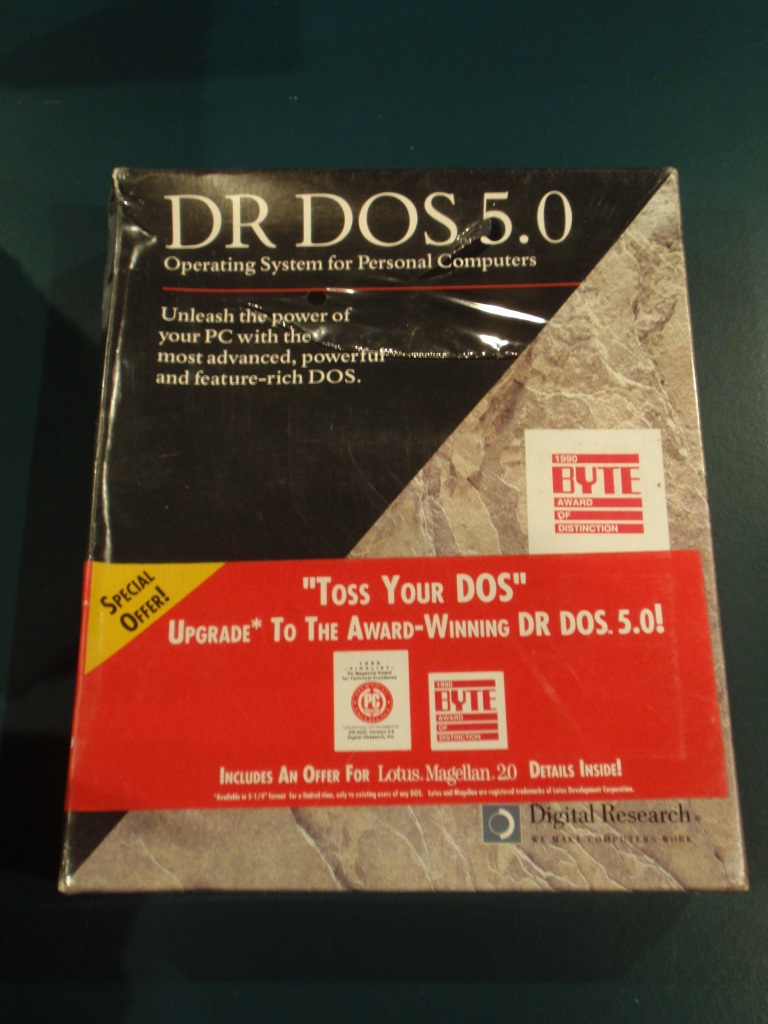
DR-DOS 5.0
I got this on a trip to the United States for something insanely cheap like $5. nobody wanted it, as it was then, or today end users don’t know or care about operating systems.
So that is what got me started, sure all my friends either had Amigas or even more powerful 386 computers, and I had an ancient Commodore 64. It was nice upgrading up and out of the 8bit world, but my trip wasn’t the easy buy a new machine, but rather get a new component like a CGA card, then wait a month, and a floppy controller, then a diskette drive.. Although once I got a power supply, and keyboard it was pretty awesome turning it on, hearing it beep, and loading DR-DOS from diskette over CGA on a TV.
The first game I got was the Tex Murphy game, Mean streets, which features awesome PC speaker ‘music’.
Compare the ‘awesome’ CGA graphics to the VGA graphcs I’d have to wait for another 4 years before I could afford the ultra expensive VGA card + monitor.
256 colours! Not bad for 1989 software. Just as they were able to do audio playback over the speaker, not requiring a then expensive audio card. Compared to the normal beeps, and low res, low color games like Kings Quest, Mean Streets really blew them away!.. Even if it was yet another point and click.
Fun times indeed. After that I got a 20MB disk, that had issues starting so I’d pop the top off, and spin the spindle manually to get it working. Absolutely crazy, and it worked for months until I accidentally touched the platter. I was so crazy, I even ran stacker on it.
Needless to say, thanks to the writings of Bruce W. Haase & Scott Mueller for getting me started on the PC path. But Id’ rather it had been Commodore with an open platform, that I could build one part at a time.

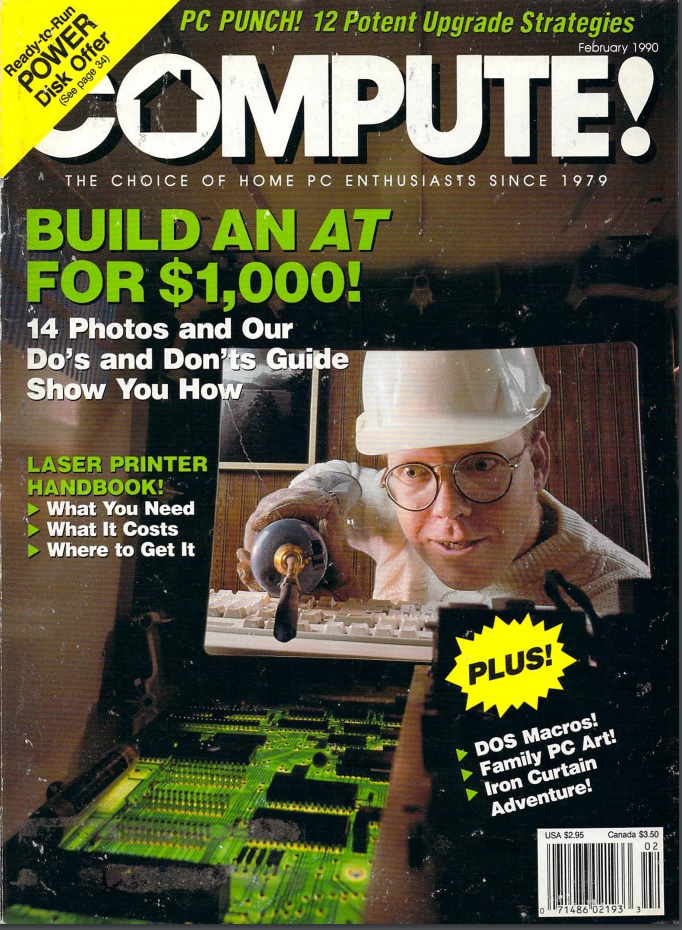
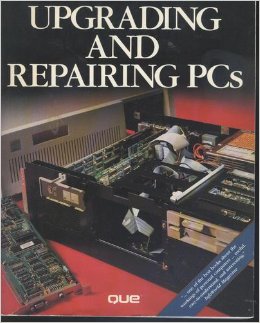

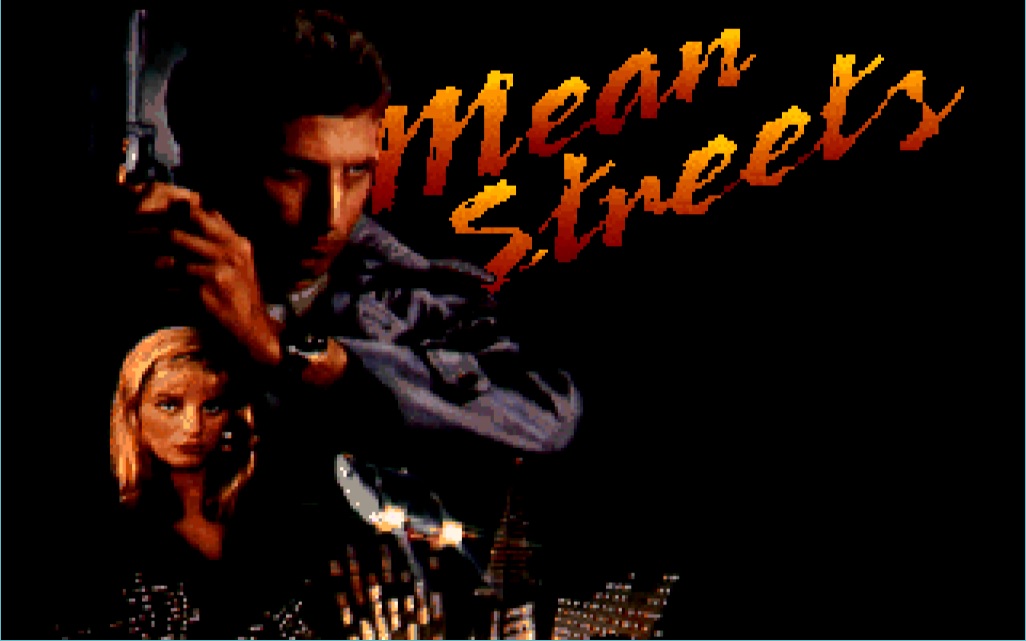
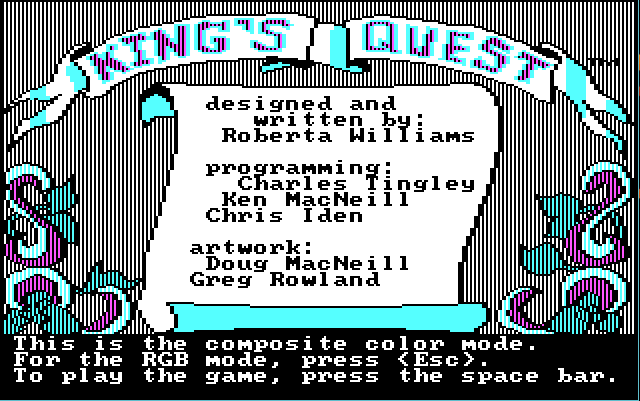
Of course, who would have wanted to buy DR-DOS when Windows wouldn’t run on it? Our family also purchased DR-DOS but returned it due to this unfortunate unintentional incompatibility that Microsoft introduced 🙂
I recall it working just fine, wasn’t it DR-DOS 3.3 they blocked out? This is version 5…
I just installed Windows 3.0 and 3.1 on a PCem 286, and it works fine… although 386 mode on 3.1 no go. 🙁
One of the things I liked to point out when I was discussing the OS/2 2.0 fiasco was that the Win9x dependence on DOS allowed Caldera’s lawsuit to continue.
After seeing a 386 capable version of OS/2 that dates in 1987, I blame the whole OS/2 fiasco on IBM. No doubt it was their meddling that forced its insane SAA back assword UI, and 16 bit only for those first and important years on OS/2. A OS/2-386 version in 1987 would have been a ‘big deal’, instead the honor of multitasking MS-DOS fell to Windows and DESQview.
OS/2 could have been so much more, and football proves it.
Yes, but that is why I call it the OS/2 2.0 fiasco, because I am not talking about 1.x. I tend to assume that with MS’s support, MS and IBM would have released OS/2 2.0 in late 1991, not long after AMD released their 386. As for the Workplace Shell, I think it might have been a good idea to save it for a future release, though 8MB of RAM was not that expensive in 1992.
This is why I call it the OS/2 fiasco. the CLI version of cruiser was ready in 1987. It should have been out there in 1987. IBM should have shut up, and let MS port Windows over OS/2 like they wanted to in 1987 and it would have been a 1988 product on the outside. Instead IBM had to be IBM, and force the delay.
The only ‘poor’ choice from Microsoft was to stick with Windows on DOS. The other OS they were writing at the time, NT was nowhere near ready in the 80’s, although work did start in 1988, and wasn’t near even alpha quality until 1991 with release in 1993. Meanwhile IBM had kneecapped OS/2, drove MS out of OS/2 development all together and sat around and did nothing with it. I mean look @ Warp 3/4 with it’s 16bit device drivers. It’s still just a slightly updated 1987 OS/2 football kernel.
Could Microsoft had made a more vendor friendly OS/2, something not as highly incompatible? Could they have marketed it on it’s own? Maybe. But Windows 3.0 was ‘good enough’ being able to run MS-DOS and Windows apps in protected mode. It could have been better, but IBM made sure it didn’t happen, but they didn’t control Windows, and the industry as always doesn’t mind installing a program, but an OS? Users don’t do that kind of thing.
I think the actual OS/2 2.0 kernel was already much different from “Football”. For example all real mode code was removed from the OS/2 kernel itself, with the DOS code that runs in VDMs being separate.
It looks more like reorganizing, and fleshing things out. Obviously football is lacking graphic support, and things like DPMI. But for the world of 1988 it would have been enough.
IBM was clearly out of their element once MS withdrew support further delaying 2.0 and leaving OS/2 in shambles that it never could recover from, between the bonehead moves in not including networking in a sane manner, holding onto the unwieldy config.sys/startup.cmd/autoexec.bat. The finally nail was SMP and TCPIP, both of which worked great out of the box with NT.
Are you comparing a 1984 game vs a 1989 game? Kings Quest 1 was released in 1984, though an older version (using the same engine and graphics was release even earlier).
Nice article though 🙂
I was looking at the original CGA game to show how.. aweful it was. The VGA updates were nice, but if you didn’t have a VGA card, like me it was back to the crappy CGA.
BTW neozeed, would you still have that first machine?
That image of the Baby-AT triggered a memory for me too. So down to the basement I went to uncover a mint example a client threw in my direction a few years ago. Not sure it I dare turn it on though as Electrolytics can be capricious fellows if disturbed.
I was considering dropping it at our next Makerspace, Junk Independance Day (hacklab.to) but I sort of want it to go to a good home for retired computers rather than be a stealth case for a PI-Behemoth.
Any suggestions?
Sadly I do not. I gave that 286 away many many years ago in a cleaning up effort. And due to some misfortune for me in the US I wound up losing everything I couldn’t carry with me.. Breakups always suck.
And when I moved out to Hong Kong I basically only had a suitcase of clothes, and a macbook air I had bought before that trip that now nolonger boots.. I thought that older stuff would be easy to find ut here, but rather it is the opposite. Old gear here is impossible to find.